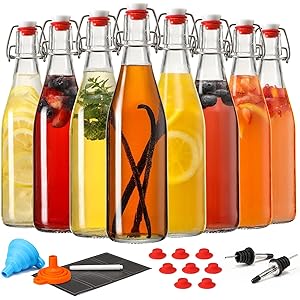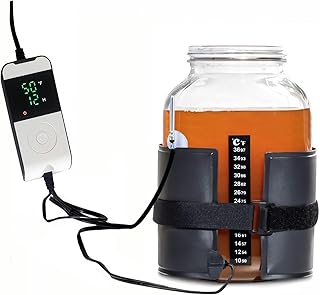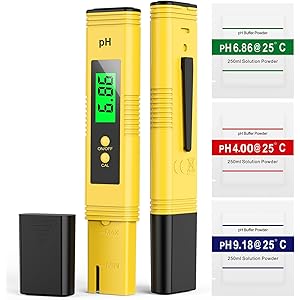Understanding Yeast for Mead
When exploring the question of what is the best yeast for mead, it is essential to understand the role of yeast in the fermentation process. Yeast is a microorganism that converts sugars into alcohol and carbon dioxide through fermentation. In mead-making, the choice of yeast can significantly influence the flavor, aroma, and overall quality of the final product. Different strains of yeast have unique characteristics that can enhance or alter the mead’s profile, making the selection process crucial for any mead maker.
Types of Yeast for Mead
There are several types of yeast that can be used for mead, including wine yeast, ale yeast, and wild yeast. Wine yeast is often preferred for its ability to tolerate higher alcohol levels and produce a clean fermentation. Ale yeast can impart fruity esters and phenolic flavors, which may be desirable in certain mead styles. Wild yeast, on the other hand, can introduce complex flavors but may also lead to unpredictable fermentation results. Understanding these types is vital when determining what is the best yeast for mead.
Popular Yeast Strains for Mead
Some of the most popular yeast strains for mead include Lalvin 71B, EC-1118, and D47. Lalvin 71B is known for its ability to enhance fruity flavors and aromas, making it an excellent choice for fruit meads. EC-1118 is a robust strain that ferments quickly and can handle high sugar levels, making it suitable for traditional meads. D47 is appreciated for its ability to produce a complex flavor profile, often with floral notes. Each of these strains offers unique benefits, so selecting the right one is essential for achieving the desired mead characteristics.
Fermentation Temperature and Yeast Performance
The fermentation temperature can significantly impact yeast performance and the final flavor of the mead. Most yeast strains have an optimal temperature range for fermentation, typically between 60°F to 75°F (15°C to 24°C). Fermenting outside this range can lead to off-flavors or stalled fermentation. When considering what is the best yeast for mead, it is crucial to monitor and control the fermentation temperature to ensure the yeast performs at its best.
Choosing Yeast Based on Mead Style
Different styles of mead may benefit from specific yeast strains. For example, if you are making a dry mead, a yeast strain that ferments completely and leaves little residual sugar is ideal. Conversely, for sweet meads, a yeast that can be stopped before fermentation completes may be more suitable. Understanding the style of mead you wish to create will help narrow down the options when deciding what is the best yeast for mead.
Get more content like this!
Sign up to receive updates and new terms first hand.
Considerations for Nutrient Addition
Yeast health is critical for successful fermentation, and adding nutrients can enhance yeast performance. Mead must often be supplemented with nutrients such as diammonium phosphate (DAP) to ensure that the yeast has enough nitrogen for healthy fermentation. This is especially important for high-sugar musts, where yeast may struggle to thrive. When selecting what is the best yeast for mead, consider the nutrient requirements of the chosen strain to ensure a successful fermentation process.
Experimentation and Personal Preference
Ultimately, the best yeast for mead may come down to personal preference and experimentation. Each mead maker may have different tastes and desired outcomes, leading to unique choices in yeast selection. Trying various strains and techniques can help you discover what works best for your palate and brewing style. Documenting the results of each batch will also aid in refining your process over time.
Resources for Yeast Selection
There are numerous resources available for mead makers looking to choose the best yeast. Online forums, brewing books, and local homebrew shops can provide valuable insights and recommendations based on the experiences of others. Additionally, many yeast manufacturers offer detailed descriptions of their strains, including flavor profiles and optimal fermentation conditions. Utilizing these resources can help you make an informed decision when determining what is the best yeast for mead.
Final Thoughts on Yeast Selection
In summary, selecting the right yeast for mead is a critical step in the brewing process that can greatly affect the final product. By understanding the various types of yeast, their characteristics, and how they interact with different mead styles, you can make an informed decision. Whether you prefer a clean fermentation or one with complex flavors, knowing what is the best yeast for mead will enhance your brewing experience and the quality of your mead.




